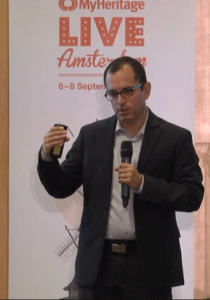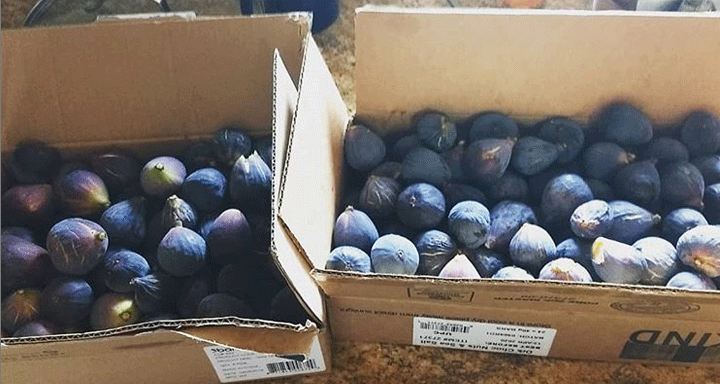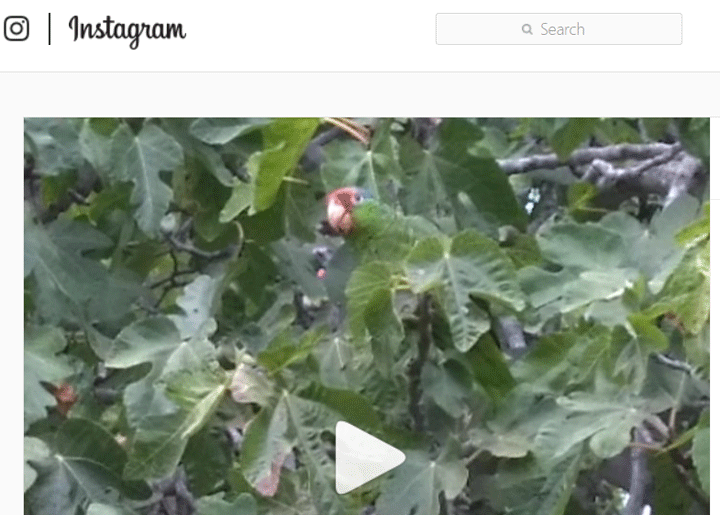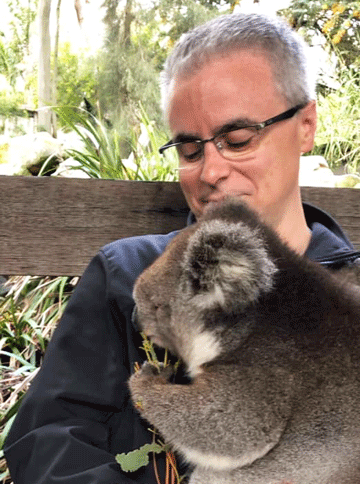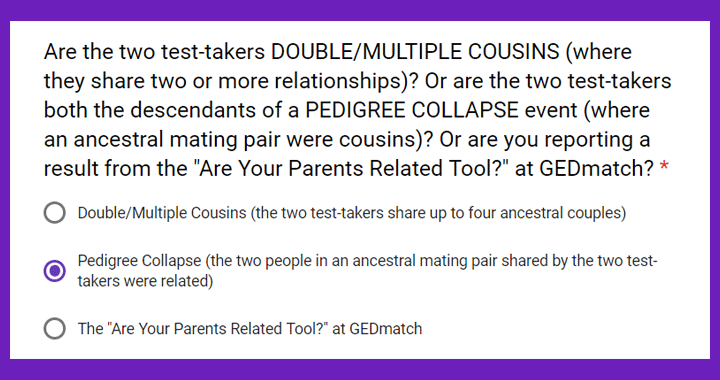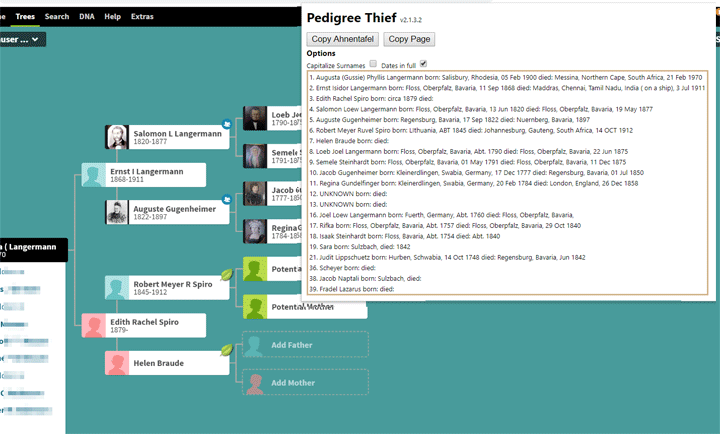The live streaming from the MyHeritage conference in Amsterdam this past weekend was both informative and enjoyable. I was even able to watch without getting up in the middle of the night as they stayed available afterwards. Many of the talks included information that was not new to me, although I was pleased to finally be able to watch Leah Larkin’s WATO presentation.
The talk that impressed me the most was the one by Yaniv Erlich in the middle of day 2 about the DNA health results that MyHeritage is now providing (on a reduced price sale just through Tuesday, Sept 10). With the acquisition of Promethease and SNPedia they have greatly expanded their access to medical genetic knowledge. SNPedia is always my go to resource for looking up specific genes, for example click here to see what it says about the BRCA genes. While Promethease is where you can upload your raw DNA from wherever you tested to get health results (sadly written in formal medical talk) based on current but not always solid research (see comments below) and is linked to SNPedia.
One of the important take aways for me was that if MyHeritage finds a bad mutation in your test, they will use a different method, Sanger sequencing, to confirm the result! This almost completely eliminates false positives. Still if you are diagnosed with a really bad variation, my opinion is that you should double check even further by getting a doctor ordered test like the one from Color Genomics.
Yaniv also emphasized that they have worked hard to present the results in an understandable format. There are some examples of this on their blog (click here).
